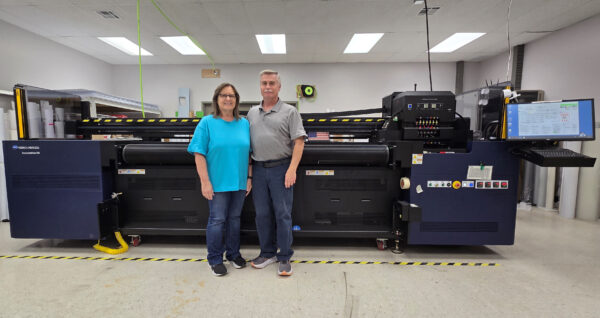Kyocera Document Solutions America, Inc., one of the world’s leading document solutions companies, has created a whitepaper with NAPCO Media, a leading information source in the production print market, about the power of inkjet technology. The new whitepaper, “Inkjet for All,” examines the current industry landscape, providing data from research on production printing businesses. The free report showcases the power of inkjet technology for commercial printers.
“Whereas inkjet was once a luxury technology for a handful of commercial printing businesses. Now, with the technology maturing and the change in customer demands, inkjet is accessible for all,” said Dustin Graupman, senior director of Kyocera’s Inkjet Division. “At Kyocera, we’re proud of the role we’ve played in the evolution of inkjet. Since the turn of the millennium, we have developed quality inkjet printheads. Now, we’re supporting businesses with our commercial printer, TASKalfa Pro 15000c,” he adds.
NAPCO research reinforces this stating that early production inkjet printers were big investments. This myth is still one of the reasons why 40% of commercial printers asked stated why they hadn’t yet invested in inkjet technology. Yet, many businesses who have invested this inkjet have seen costs reduced and generated new business. The whitepaper goes on to showcase inkjet in action, where some businesses were seeing savings of over 75% by using inkjet, while others were able to replace multiple toner devices, switching to inkjet.
The whitepaper release is another exciting announcement from Kyocera’s inkjet division. First, Kyocera announced last fall that it secured the No. 1 position for U.S. shipments of cut-sheet production inkjet printers according to the IDC Quarterly Hardcopy Peripherals Tracker – 2024 Q4 Final Historical. Then, at the Inkjet Summit, attendees voted Kyocera the company to watch out for in 2025.
“While it has been a fantastic few months for Kyocera, our priorities have not changed. We want to continue making inkjet for all, allowing more businesses to plan for the future,” concludes Graupman.




